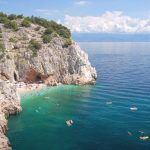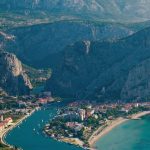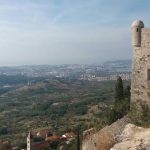A new initiative targeting the promotion of Croatia’s largely untapped gourmet tourism potential kicked off in Split on October 18, 2017, with a diverse group of specialist tour operators treated to a culinary and cultural tour of Central Dalmatia on the first of a four-day conference.
Dalmatia in mid-October. It really is hard to beat. After all the strange global weather patterns in recent months, a return to Split was greeted by the traditional sunshine welcome. The city was still enjoying a busy extended tourist season, its cafes full with well-dressed locals soaking up the rays of sun and local gossip in equal measures. As a setting to promote shoulder season tourism to a group of international gourmet tourism agencies, it was a perfect backdrop.
SplitB2B, a new initiative from the Association of Destination Management Companies in Dalmatia, the tourist boards of Split, Central Dalmatia and Croatia, and the Croatian Chamber of Economy, is the first specialised initiative of its kind to aggressively seek to expand Croatia’s considerable gourmet tourism potential. Gourmet tourism is big business in France, Spain, Germany and Italy, but is not yet developed to anything like the same degree. This, despite Croatia having a sensational wine story which is attracting increasing international attention from wine experts with its 130 indigenous grape varieties, and as diverse a regional cuisine as anywhere in Europe. It is a cuisine which blew the mind of Anthony Bourdain a few years ago on his No Reservations show on The Travel Channel.
SplitB2B, a four-day conference, include three field trips for international agents and B2B workshops with 35 local specialised destination management companies introducing Croatia to agencies who work in the field of gourmet tourism in other countries, but have no current relationship with Croatian tourism. Carefully selected after meticulous research, the 18 agencies from 11 countries, including the United States, Australia, New Zealand, Scandinavia, UK, Belgium and Switzerland, are being introduced to the delights of Croatian wines and cuisines before meeting local agencies to talk about opportunities and collaboration. The initiative includes visits from the national tourist board director and the deputy minister of tourism, a sign of how seriously the initiative is being taken.
A welcome drink on the roof terrace of Hotel Cornaro in Split gave the guest an indication of the beauty that was ahead of them (see lead photo).
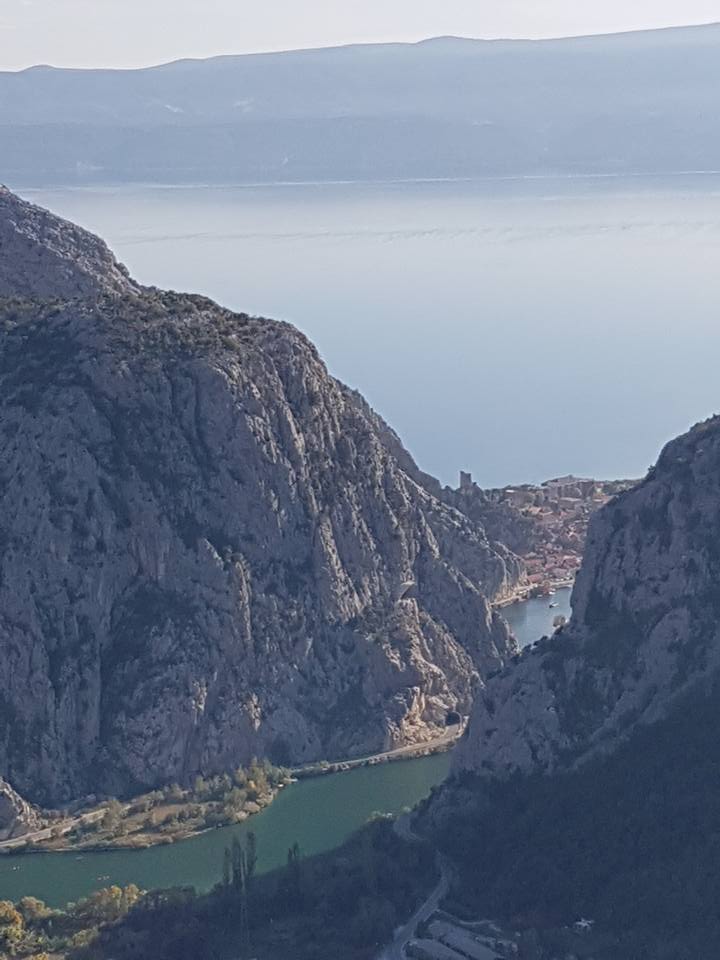
The views only got better, as the group headed south to the area of Omis and the Cetina River, a 115km river which Lonely Planet has included in its top 40 amazing European experiences. The river is the lifeblood of Dalmatia as a water source but also an important adventure tourism centre, with ziplining, white water rafting and canoeing key activities. The seven fortresses at strategic points high above the river point to its importance in Croatia’s bloody military past, but its most famous claim to fame in history is the part it played in protecting the infamous pirates of Omis.
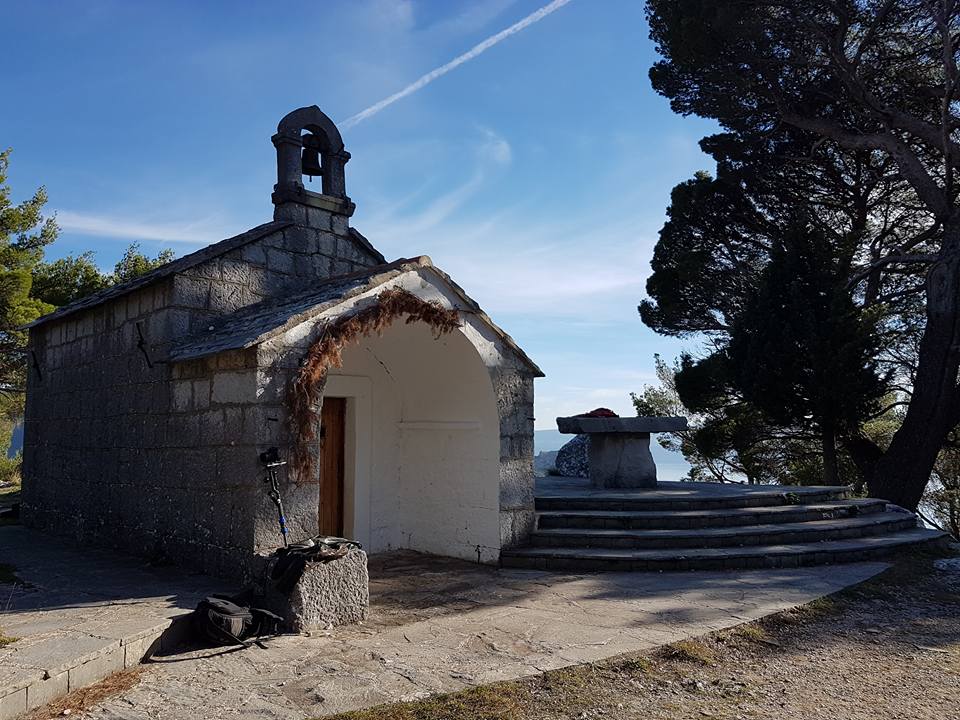
The tour itself started in a rather special part of the region, and one which celebrated some of Croatia’s peasant roots. The Republic of Poljica was an autonomous community which existed in the late Middle Ages and the early modern period in central Dalmatia, just above Omis. It was organized as a “peasants’ republic” and is best known because of the Poljica Statute, first written in 1440. Local actors performed a historical reenactment of the election of the Duke and local children performed a silent dance in traditional costume.
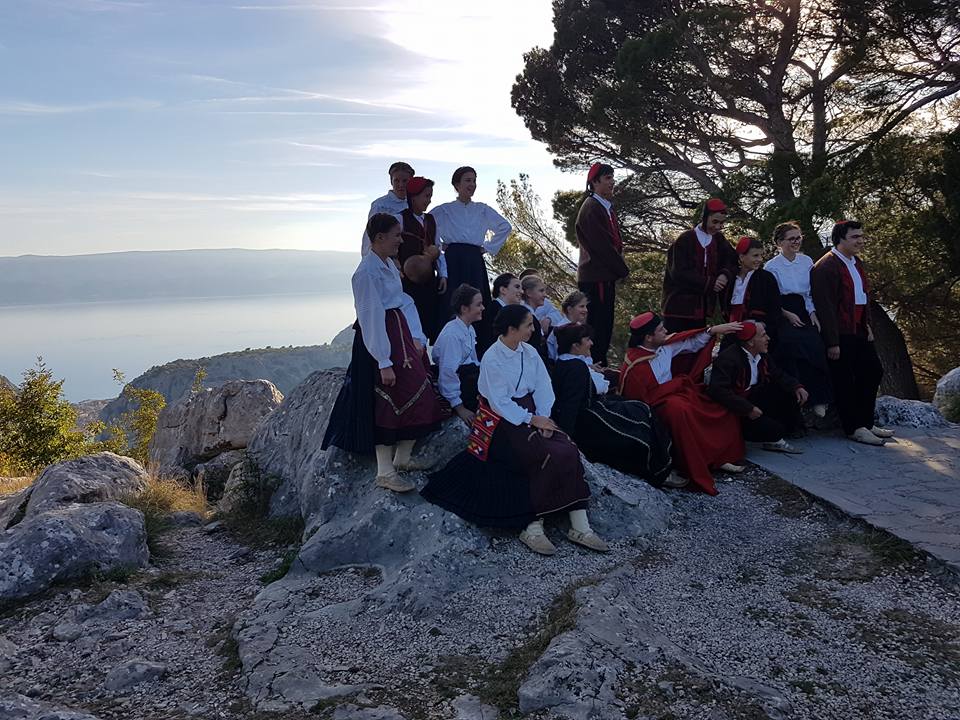
For the international visitors who had been in Croatia less than 24 hours, it was an impressive and picturesque start.
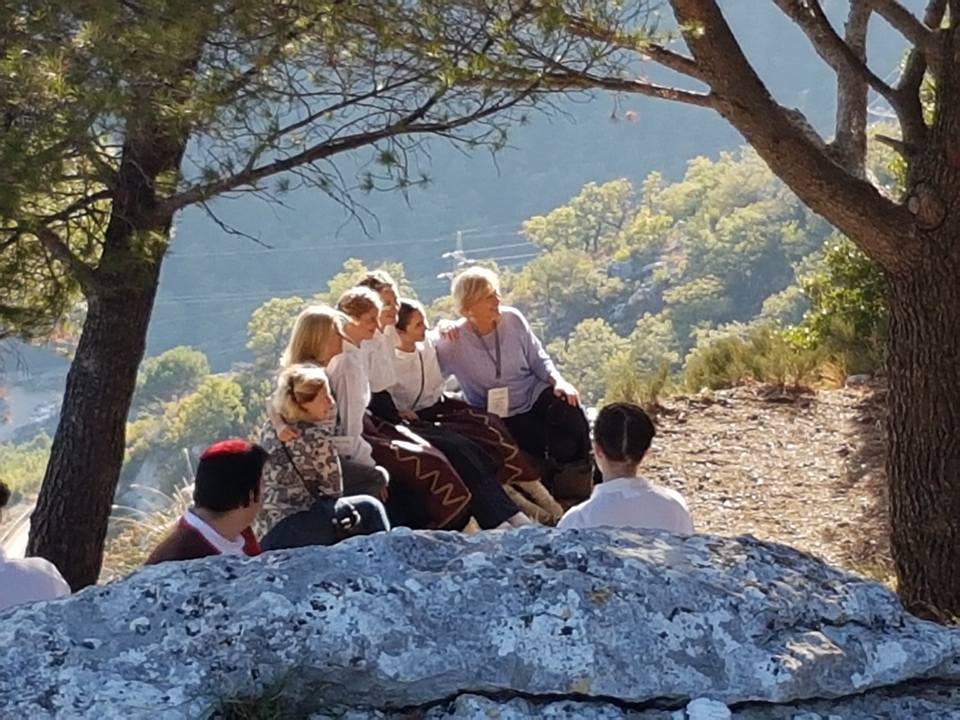
And it did not take long for the guests to mingle with the local children for a few photos.
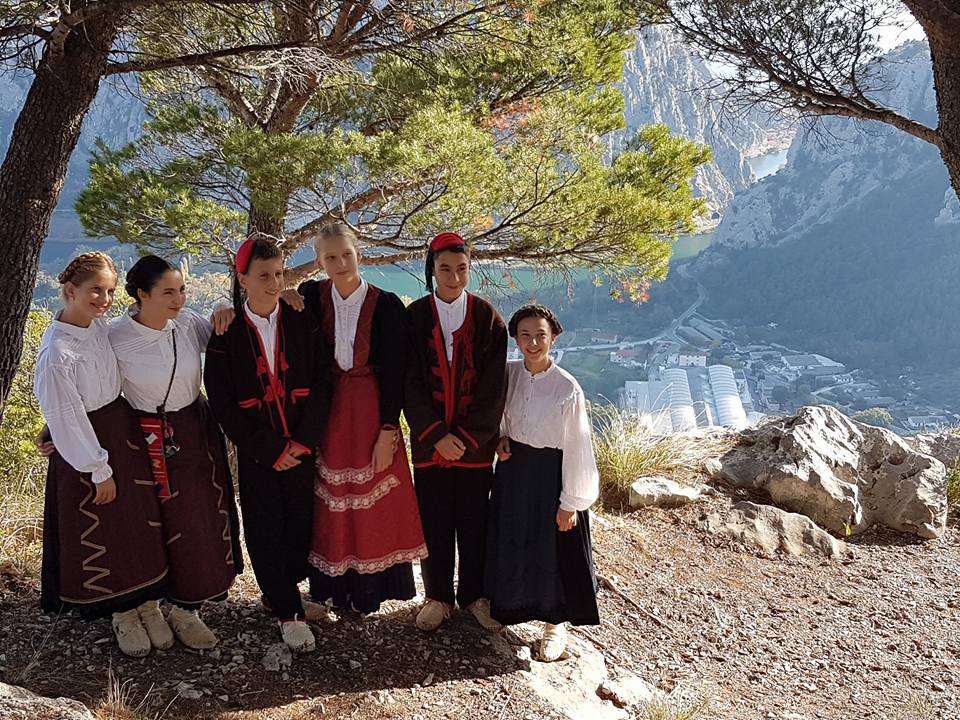
Traditions are an important part of Dalmatian society, and many children continue the traditions of the past today through folklore groups wearing the traditional dress.
Times were hard in the Poljica Republic, and food was scarce. One of the most popular types of peasant food was soparnik, which was made from the simple ingredients available – flour, Swiss chard, olive oil and garlic. A live demonstration with accompanying explanation in the video below, as the lady preparing the soparnik expertly cuts it into 40 slices.
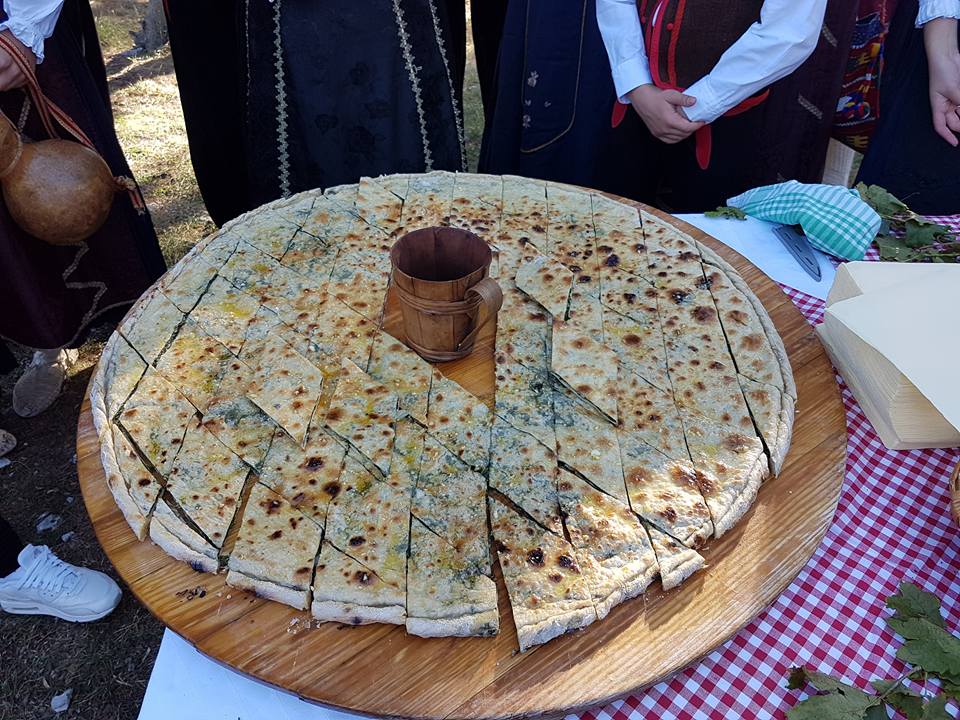
The round board served as a table, and the first slices were always taken from the middle, and that space was then taken up with the wine goblet.
Traditional peasant food a few hundred years ago, now a dish protected by the Ministry of Culture, and a dish sought out by foodies in culinary cooking classes.
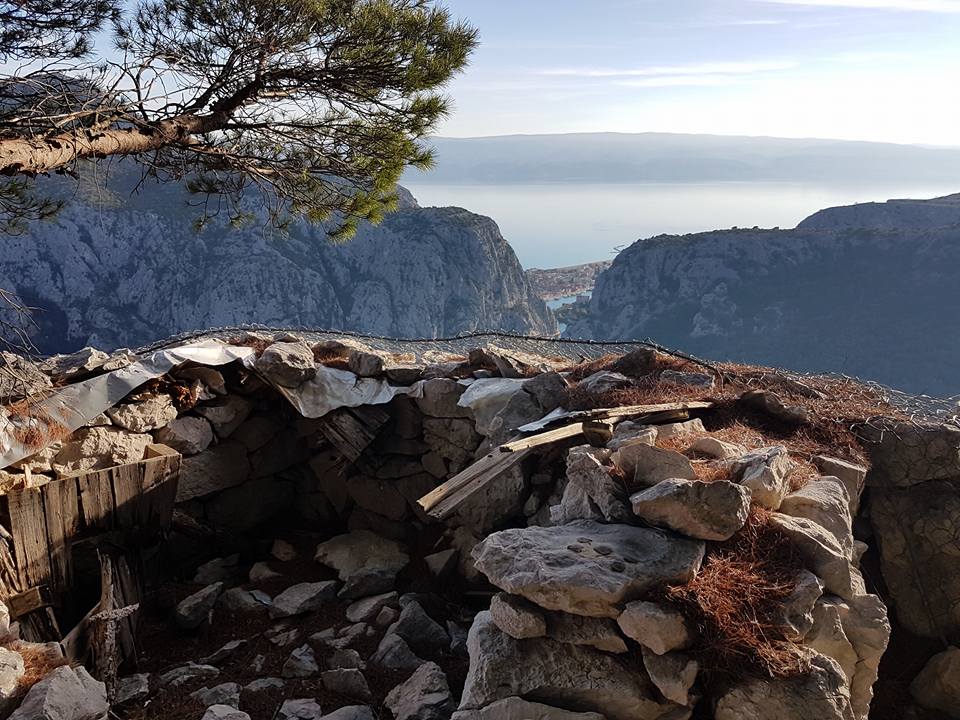
Strategic points high above the Cetina have been used throughout history, including by the Partisans during World War II.
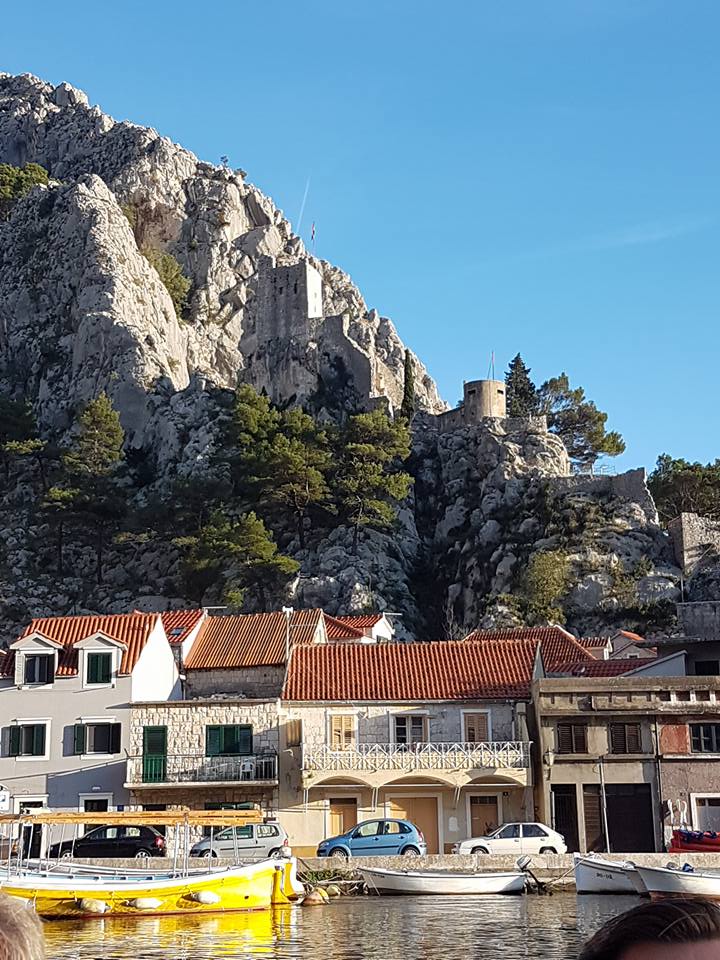
A descent to delightful Omis, one of Dalmatia’s most enticing destinations (learn 25 things about Omis here), led to a change in transport, as the bus was traded for a boat and a river cruise up the Cetina.
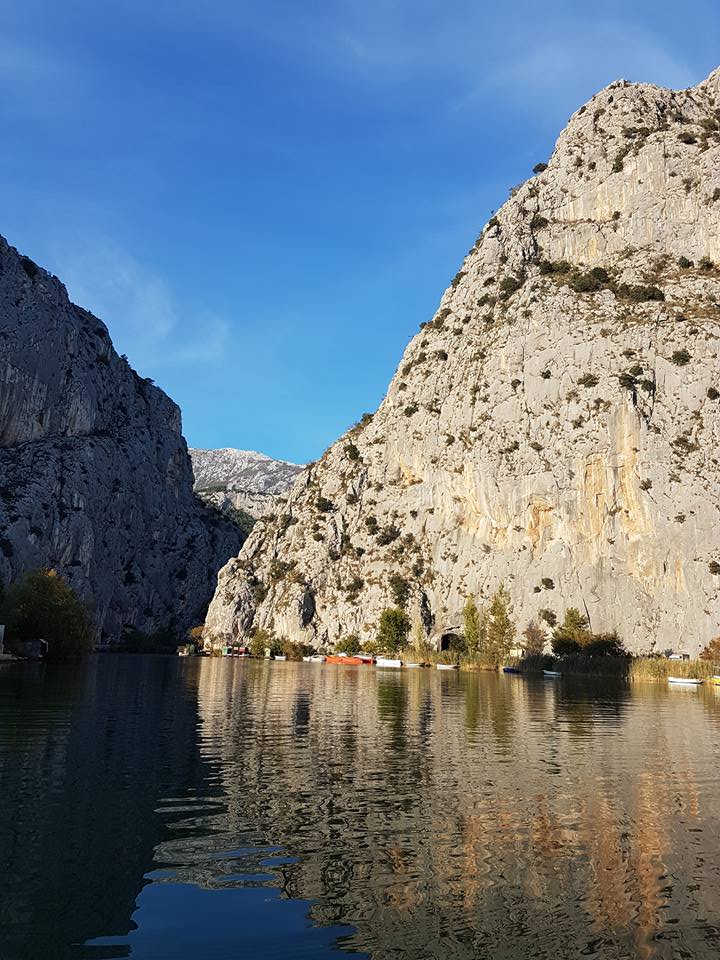
Croatia is famous for its stunning Adriatic coast, but the River Cetina is no less wondrous, and guests were shown the diversity of Croatia’s tourism offer – from beach to adventure tourism in close proximity.
This was pirate country, and the Omis pirates, with their flatter bottomed boats, would entice bigger boats in, who would then become grounded. And the Cetina was also an excellent hiding place for those with local knowledge. The Pirates of Omis were feared by the Venetians and Ottomans alike.
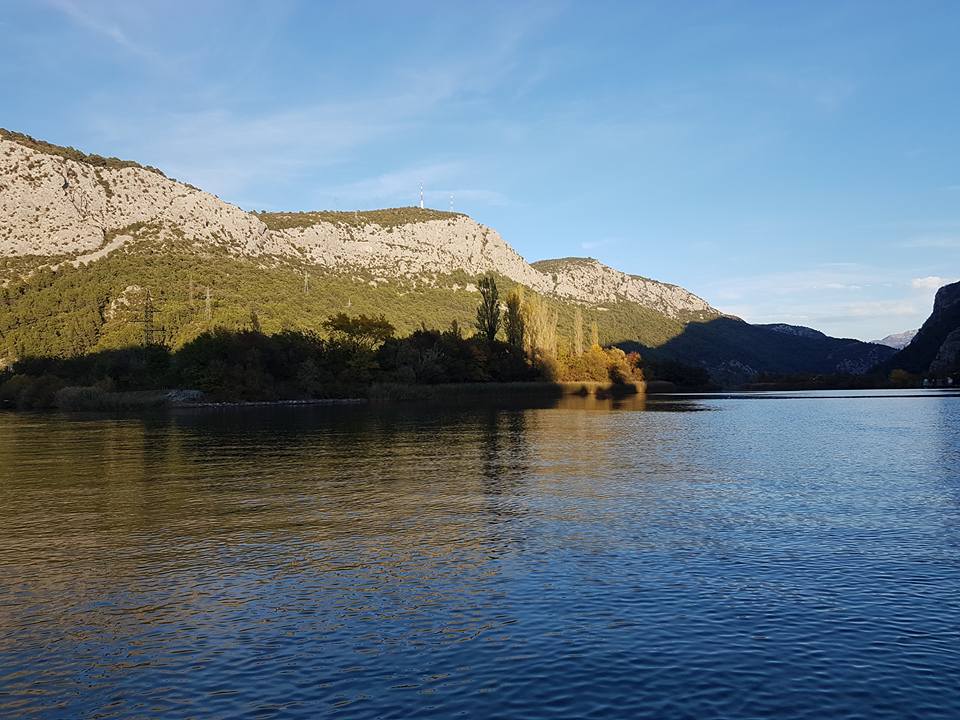
Divine tranquillity – Dalmatia in mid-October.
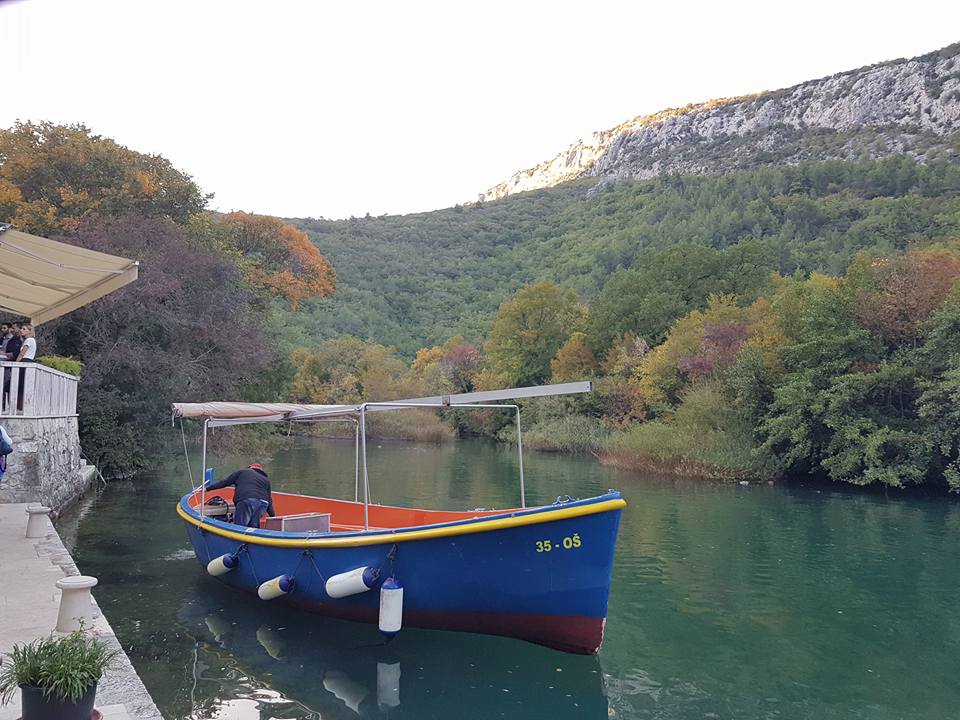
The Cetina was historically a very important transport route for salt, as the considerable salt deposits in Ston on the coast were taken upstream to continental Croatia, and the final stop on the first day was to a riverside restaurant, Kastil Slanica, which takes its name from the salt heritage. Enough of the beauty of Dalmatia, it was time to eat.
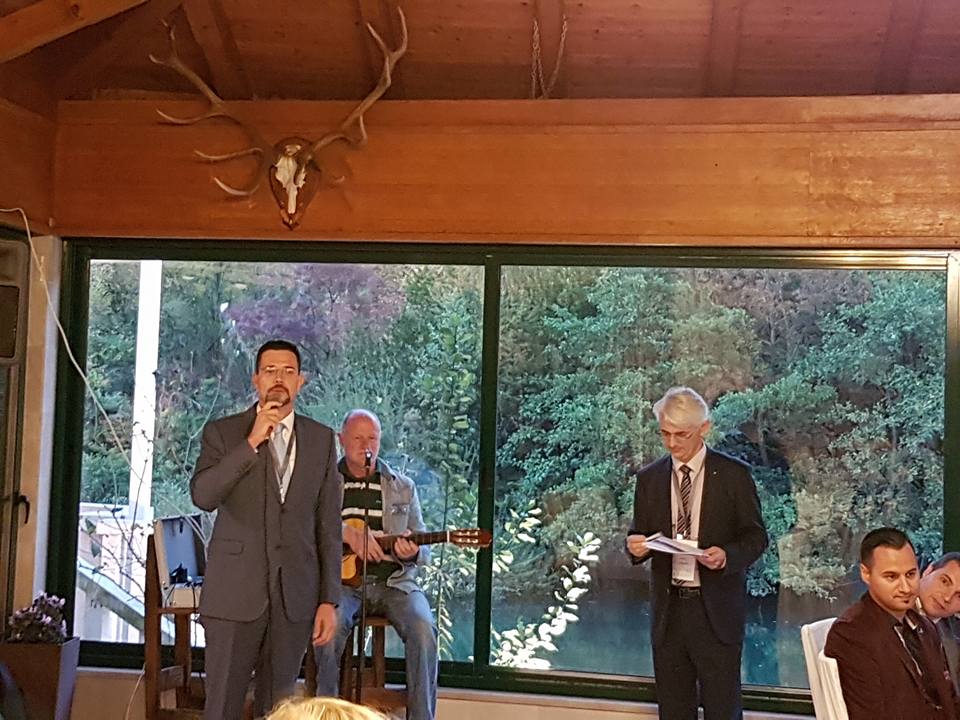
There were several welcoming speeches, including Jurica Glavina, President of the Association of Destination Management Companies of Dalmatia, who spoke with obvious pride at the vision and teamwork to make this event happen.
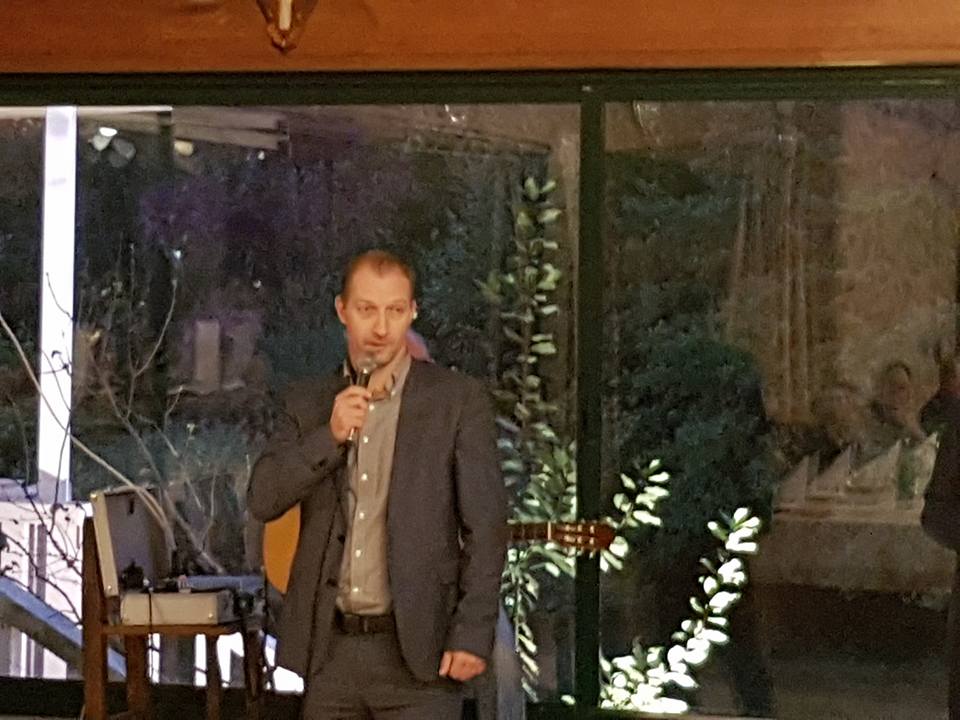
Central Dalmatia Tourist Board director Josko Stella also took the microphone. A dynamic force for good during his tenure, Stella is not content to let tourism happen, but has worked tirelessly to promote the stories of Dalmatia, with key initiatives in its Roman road heritiage, cycling, religious heritage, gourmet and others. We have created our story, he said, but now this is your story. We have the product, we need you to sell it, and we will assist you in any way we can.
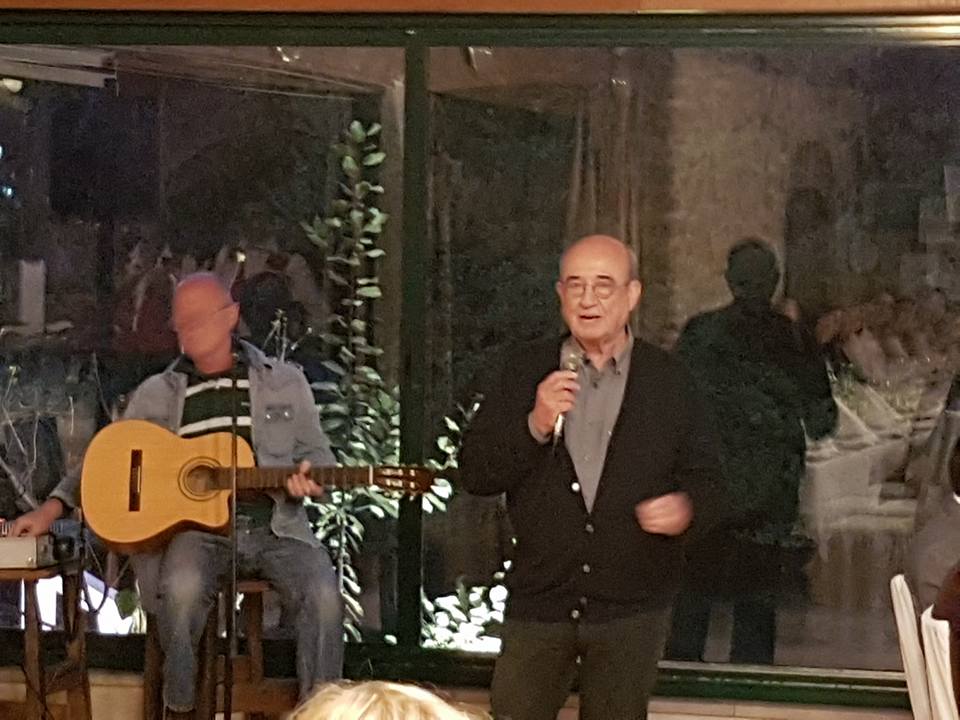
Arguably Croatia’s most prominent food writer, Veljko Barbieri, was also among the speakers, talking about the diversity and traditions of Croatian food, and rather than lecture at length, he moved from table to table to spread his knowledge.
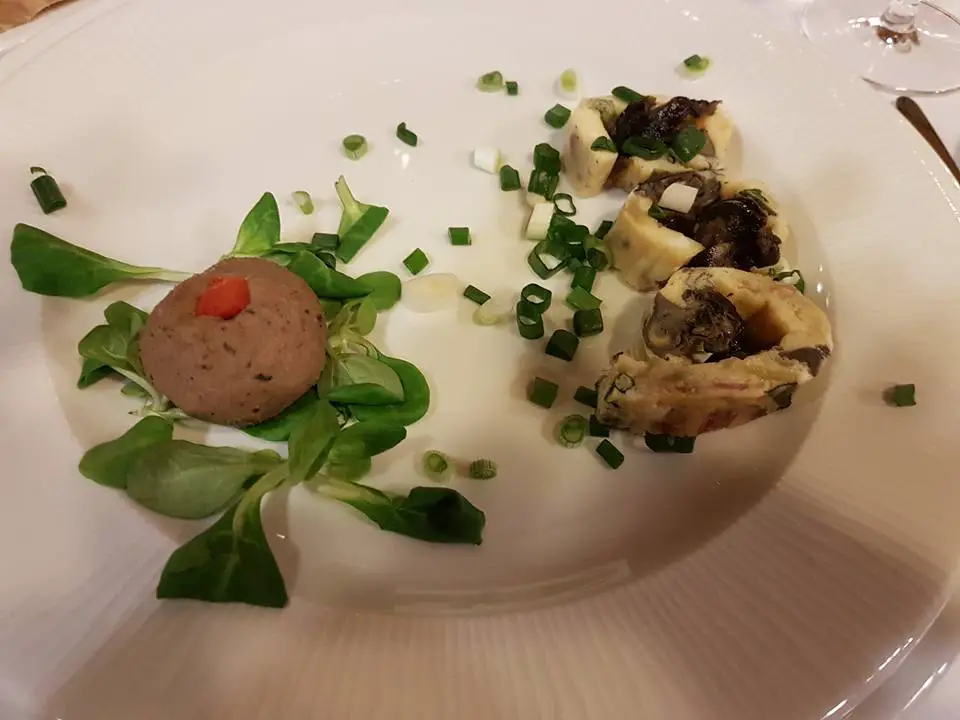
The theme of the dinner, accompanied by excellent wines from mostly indigenous grape varieties from Omis, Imotski and Skradin, was ‘Sea, River and Hinterland’ – a hint at the diversity of the region’s culinary offer. Some snails and game pate to start.
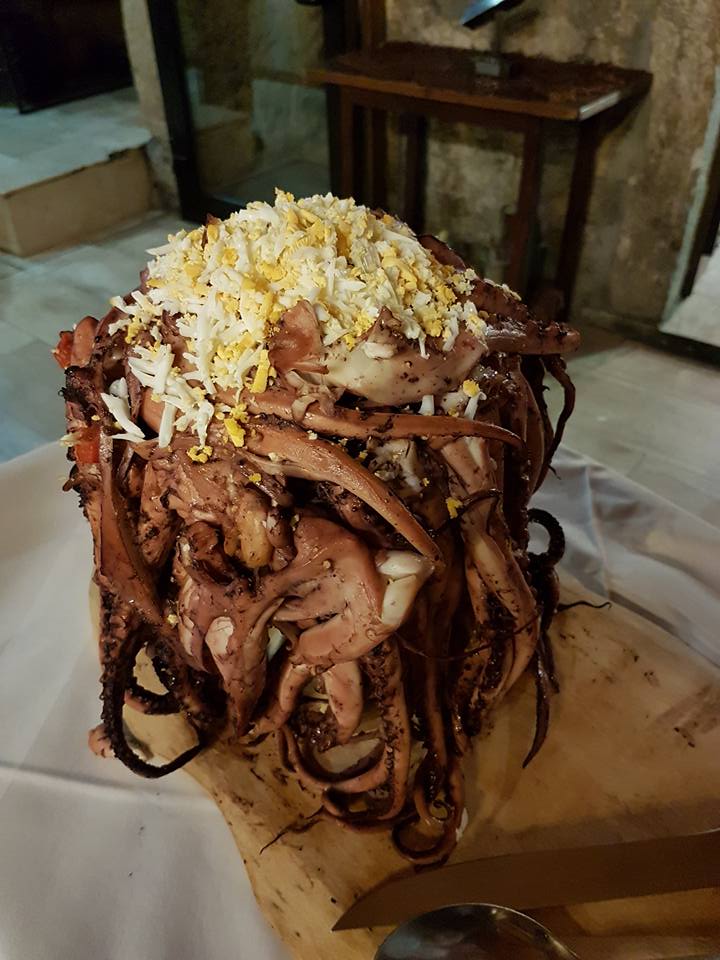
A quite splendid presentation of the next course – tipsy octopus, drowned in olive oil.
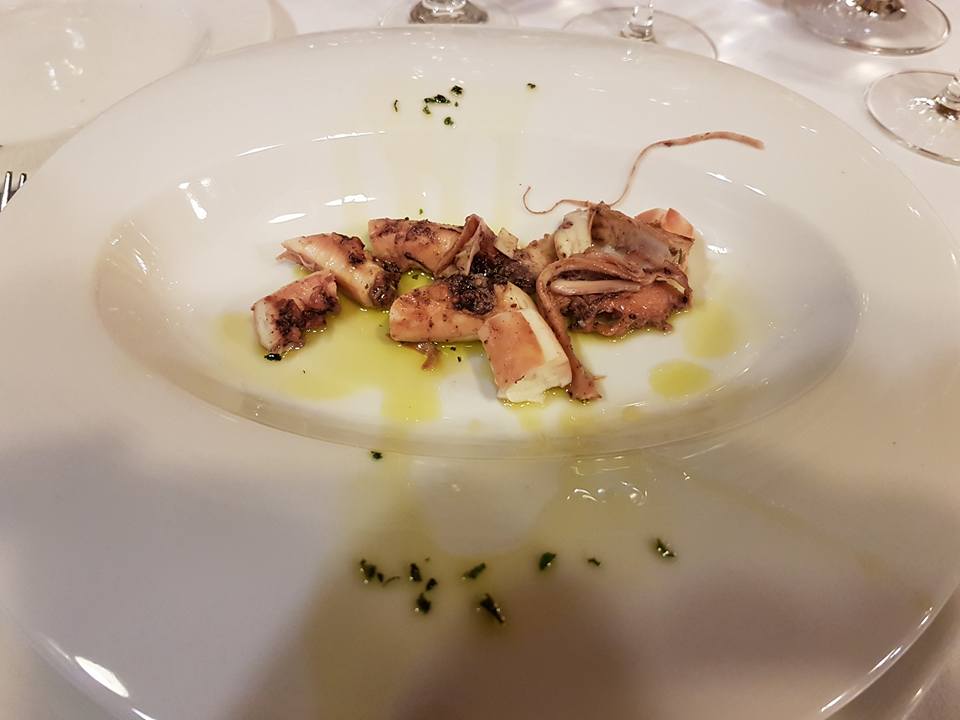
Which appeared in more manageable individual portions on the plate.
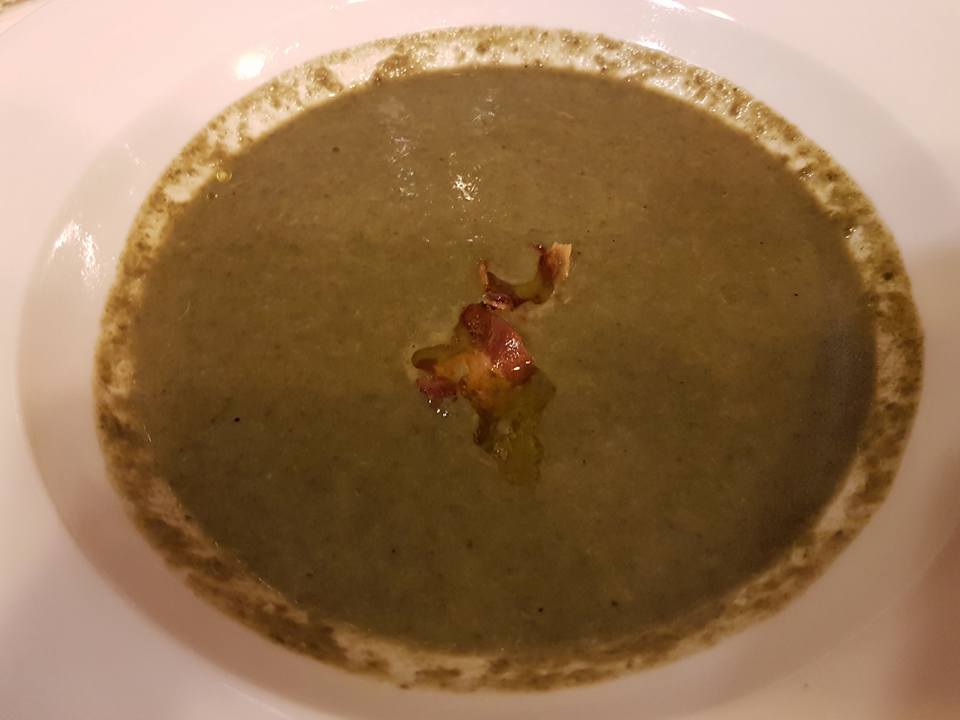
Mediterranean kale soup.
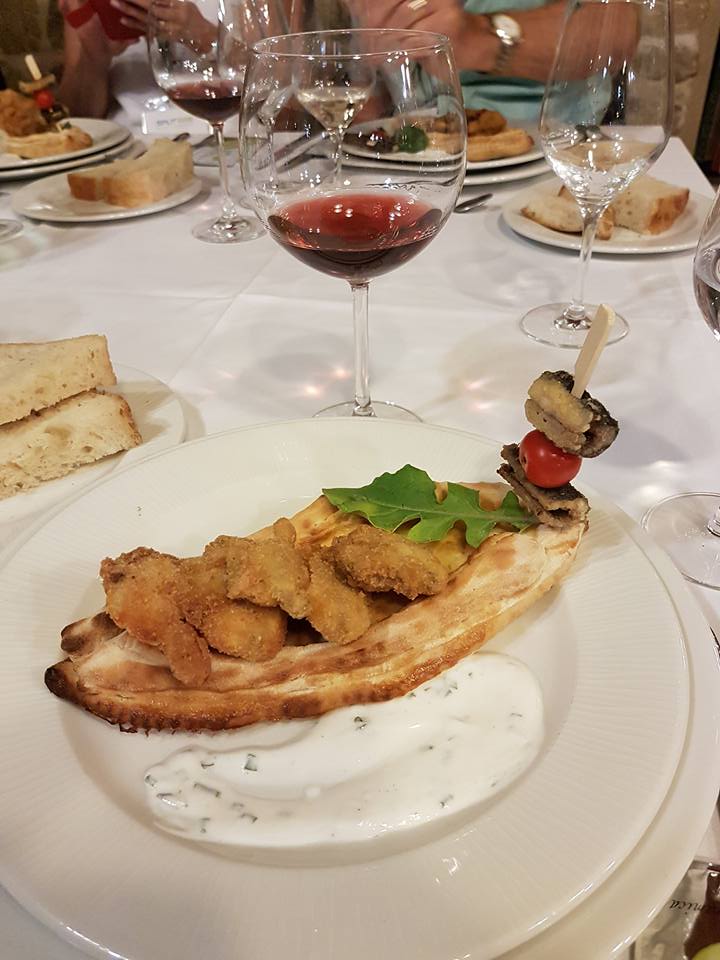
Some of the fruits of Dalmatian rivers, beautifully presented on a boat – frogs and eels.
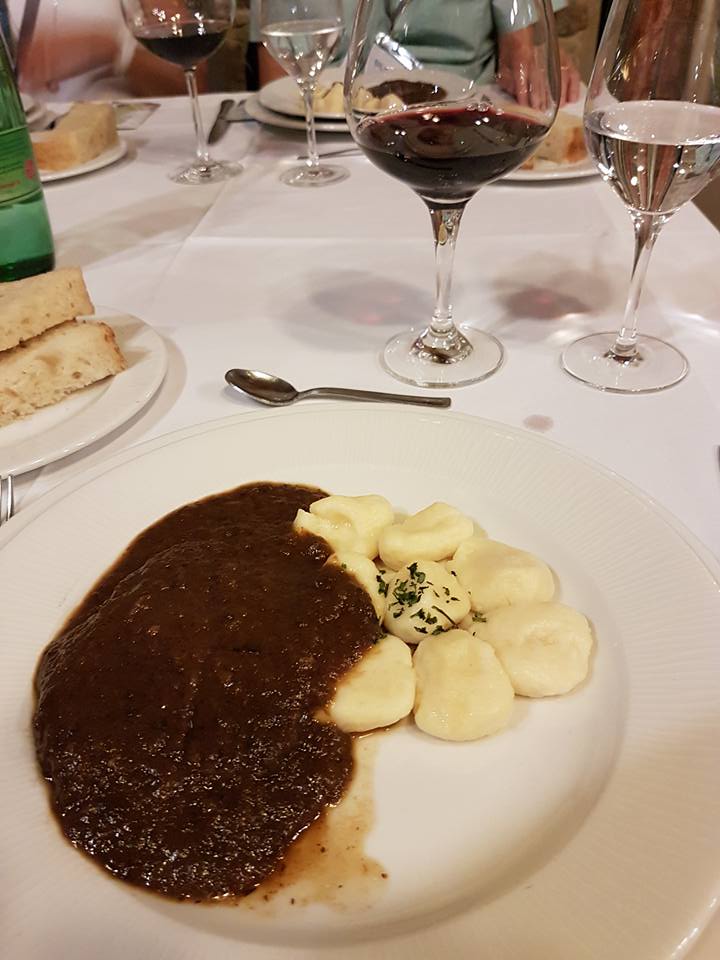
The final course before dessert was a signature Dalmatian meat dish – the slow-cooked Pasticada with home-made gnocchi.
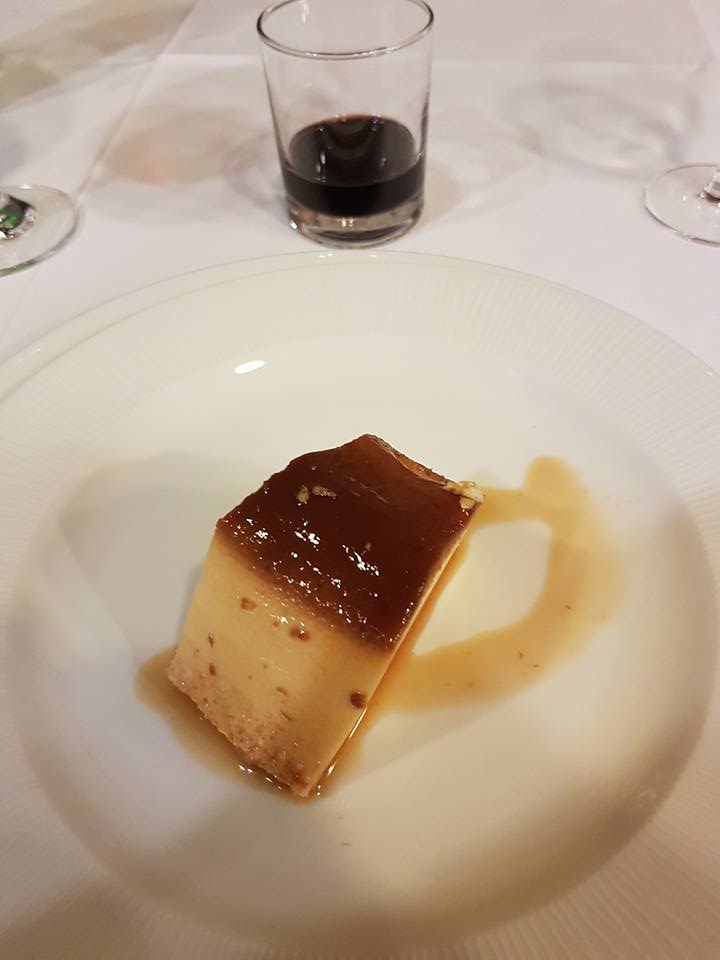
And a light rozada and cherry liqueur to finish, before the bus back to Split and a good night’s sleep before today’s adventure – a full day on the island of Brac, followed by a cooking show at Split’s iconic fish market.
A very solid start to the event, and it was interesting to note the observations of the guests. The wines and food impressed, and the Crljenak Kastelanski wine impressed one guest from Australia very much, all the more so when she heard that it came from the same DNA as Zinfandel, and that actually Zinfandel comes from just outside Split. Another agent from the United States who specialises in gourmet cycling tours to Italy and Slovenia was seeing the potential of the Croatian market already. Early days, young seeds, but an innovative approach to promoting the Croatian gourmet story, one which will continue today on Brac. To learn more about the event, visit the Split B2B website.

